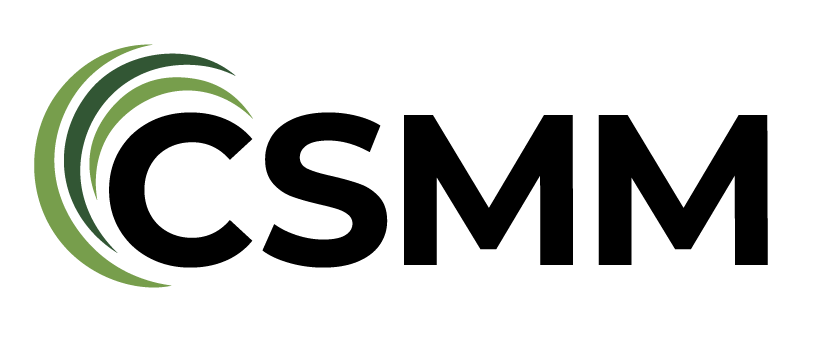Our Research
Our research focuses on transforming non-recyclable paper waste into valuable resources. By exploring innovative composting methods, we aim to divert paper waste from landfills, recover essential nutrients, and reduce environmental impact, all while enhancing the sustainability of the paper industry.
Compostability of Non-Recyclable Paper
FOCUS
The Center’s composting research will focus on identifying the barriers to, and the opportunities for, using non-marketable paper as a compost feedstock at New York State-based composting facilities. The research will determine the availability of non-marketable paper in the waste streams across New York State and determine if existing composting facility capacity can meet projected demand. Moreover, the Center will focus on the technical, operational, and economic feasibility of incorporating non-marketable paper feedstocks into existing composting facilities, as well as establish operating guidelines for new composting facilities.
PROCESS
The team will address this through both research- and demonstration-scale composting projects to determine the impact of paper feedstock on operations and finished product quality. The research and demonstration projects will incorporate innovative management approaches, new processing technologies, and contemporary science knowledge about biodegradation processes and the effect of emerging contaminants of concern on product quality. The Center will share their progress with our stakeholders to identify barriers and opportunities to adopting new composting technologies, to address market demand for high quality compost products, and to expand our knowledge about the potential application of composting as a sustainable materials management process. CSMM will also assess material specifications of non-recyclable papers to which existing composting facilities will accept non-recyclable papers (for example, type, quantity, level of contamination, level of pre-processing, etc.), research the level of contamination (for example glass, plastics, adhesives, etc.) in non-recyclable papers and their effect on the ability to produce a marketable compost product. Our team will research and showcase the effects on the biodegradation process and finished quality of compost products and additionally, make recommendations on non-recyclable papers that are suitable for diversion from recyclables handling and recovery facilities (RHRFs) to composting facilities.
FOCUS
PROCESS
Conversion
Our first approach will focus on developing efficient bioprocess technologies for the production of biodegradable renewable plastics from waste fibers and fines. The developed technologies will be optimized to achieve maximum yields and evaluated for commercial-scale economic feasibility through process simulation models. Our second approach will investigate the recycling of these wastes by the formation of fibers or fines-starch composite called sticky/gluey fibers, leading to the production of recycled paper. Overall, this project intends to reduce and reuse both the organic (cellulose) and inorganic (calcium carbonate, kaolin) contents of the waste stream.
There are several unmet industrial needs for new biodegradable polymers to replace environmentally problematic petroleum-based polymers in commercial applications. We plan or aim to cater to the issues of environmental plastic pollution and plastic recycling through technological innovation for commercial biopolymer applications, which includes coatings for paper products, crown liners for bottle caps, and moldable resins for bottle injection molding.
Addressing Non-Recyclable Paper Materials
At the Center for SMM, our work is focused on identifying and developing new approaches for the use of non-recyclable paper materials, commonly known as “waste reject fibers” or “waste fines,” obtained from the recycled linerboard mills that manufacture packaging paper from old corrugated containerboard (OCC). In the context of this research, non-recyclable paper materials includes residual post-consumer paper products that are, or may be at a future time, collected through residential or commercial recycling programs at a municipal or commercial scale.
Through bridging major application gaps in renewable bioproducts, waste reduction techniques, wastewater reuse methods, and the recycling market, our primary goal is to determine the feasibility of diverting these paper products from land disposal. The principal mechanism to achieve this diversion is composting; using non-marketable paper as compost feedstock provides an opportunity to recover carbon and micronutrients, reduce disposal costs, reduce impacts of greenhouse gas emissions, preserve landfill capacity and generate a beneficial product for soil reclamation. In turn, this approach can improve the profitability of paper industries, reduce waste, and drive improvements in composting technology all while supporting local economic development efforts.




